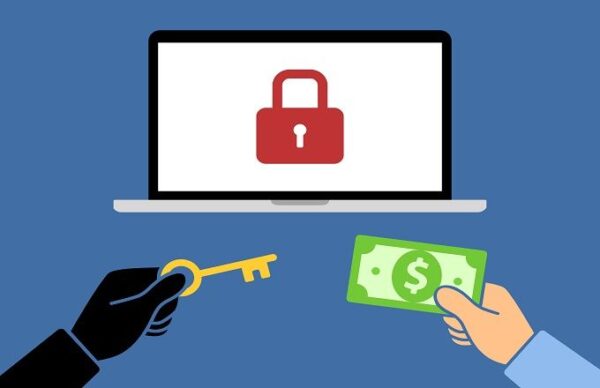You may remember how malware and computer viruses once were only minor nuisances. They’ve quickly evolved to become more and more malevolent. Now, professionals looking for serious money are the ones designing stronger types of malware. Ransomware is one of the latest advanced types to become common. It infects your computer through the usual ways and it locks it until you pay a ransom. There are strong measures you can take to stop the dangers of ransomware.
How Are Ransomware and Malware Different?
Do you remember the old days when viruses used to only cause annoying pop-ups and slow down your computer? You used to be able to run a few simple scans and the problem would be gone. Tools to eliminate malware improved as time has moved forward. This caused the writers to become more sophisticated.
They’ve invented new ways of avoiding detection. Some even hide within the most important parts of the operating system to avoid detection. As the hurdles to write malicious code increase, it will force out all the amateurs looking to prank people.
This will leave only those looking for a payday. It is a lot of work to stay ahead of the authorities and anti-virus companies. The people who write malware will keep looking for guaranteed ways to earn a quick payday.
Here’s where ransomware comes in. When your computer is infected, it can be held ransom. Losing access to your important work files and treasured pictures is one of the main dangers of ransomware. This causes people a ton of stress and puts the leverage in the attacker’s hands.
Some criminals even have targeted very important computers to lock. Hospital computers have been targeted since doctors have a higher duty to save lives than save money. Sometimes, this causes delays in treatment and can be deadly.
Other have targeted critical infrastructure such as air traffic control and bridges. Or they’ll hold a company’s customer database hostage. This makes the people in charge feel extorted to pay the ransom.
Infected computers often have countdown timers to add pressure to pay. If it isn’t paid up, the computer might be locked forever. A screen will give directions to pay in crypto-currency or to wire money to a faraway country. These methods make it hard to catch the crooks.
Solutions to Ransomware
One of the easiest ways to remove it is to wipe the computer. This is one of the only ways to practically ensure the malicious code is totally gone. Then, you reinstall a copy of the operating system. You can also revert back to a saved image of your computer on an external hard drive. It is recommended to unplug the computer from the rest of your network to stop possible spreading.
Avoid paying if you can. You don’t want to encourage these folks to keep victimizing people. There is no guarantee that they will unlock your computer even if you pay.
It is best to be prepared. Avoid opening sketchy emails and downloading unofficial files. Keep your software up to date and use strong passwords. This will help you create a baseline of security. You should also look into getting a risk assessment.
Summing Up the Dangers of Ransomware:
Ransomware is a crueler type of malware. It is one of the most malicious around. The people doing it are only concerned with getting paid and don’t care who they hurt. Backing up your files is the surest way to avoid this massive problem. Preparation is the best cure.

















Be First to Comment